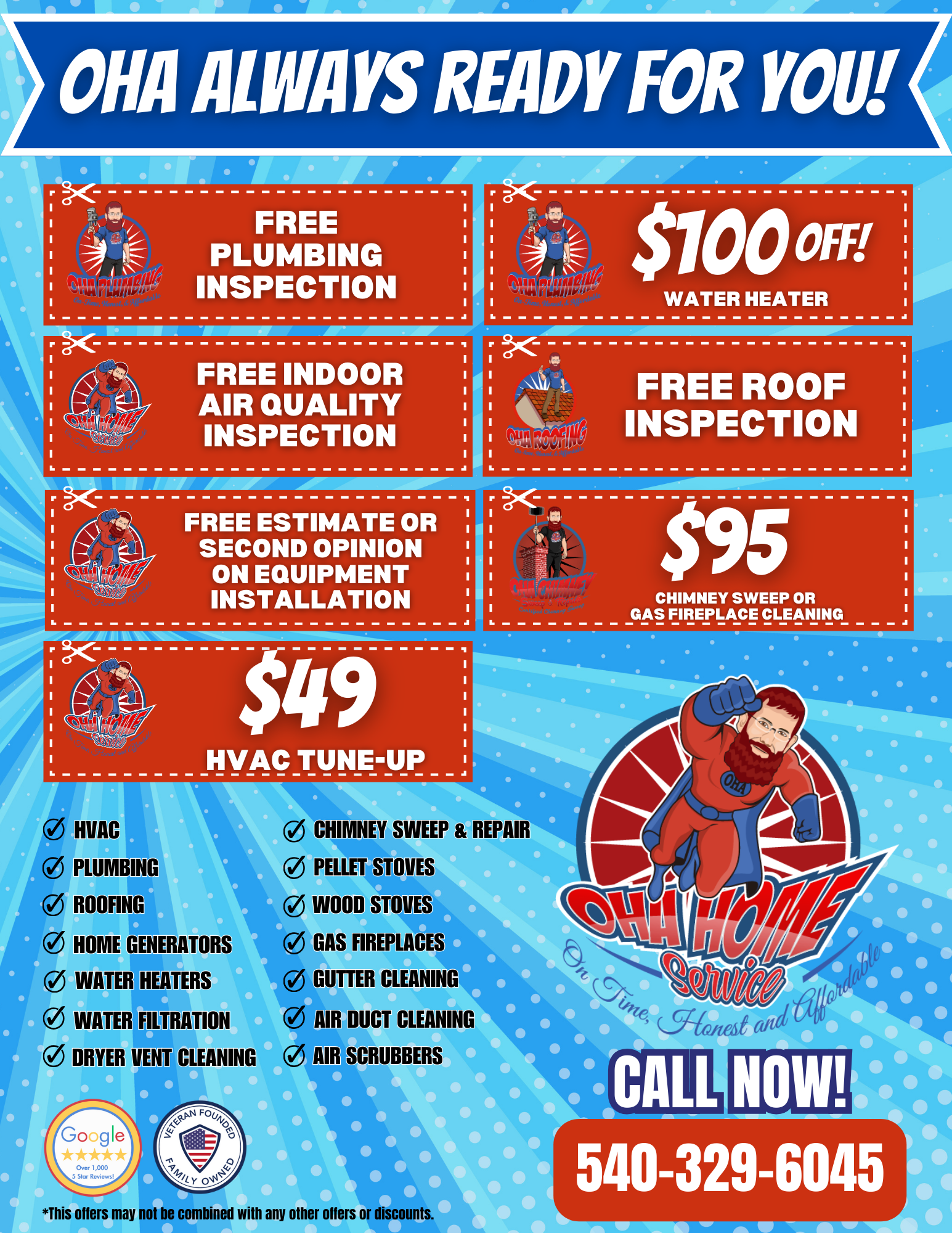Inspecting your chimney & appliance before having your first fire of the season
The fall months are just beginning, with winter not far behind. As temperatures begin to drop, it may be tempting to build the first fire of the season in your fireplace or woodstove appliance. However, before you think about building that fire inside your home, it is always important to take safety precautions first, such as chimney inspections & necessary sweeping. The CSIA (Chimney Safety Institute of America) and the NFPA (National Fire Protection Association) state that you should have your chimney inspected annually and cleaned as necessary by a CSIA Certified Chimney Sweep.
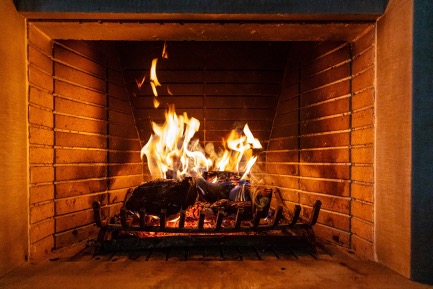
Inspection and Cleaning
It is essential that you inspect the chimney for any potential fire hazards. You should always hire a CSIA Certified chimney professional to perform the chimney inspection. If you don’t take the time to thoroughly check the fireplace, flue liners & appliances along with your chimney’s flue liner, you’re running the risk of your chimney catching on fire or, even worse, your entire home. Chimney sweeping & inspections can go a long way to preparing your fireplace for the cold months ahead, so let’s go over some of the ways chimney sweeping can help to reduce fire hazards.
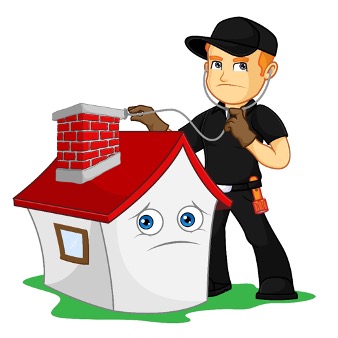
Creosote Buildup is a Hazard
Fireplaces and wood stoves are designed to safely contain wood-fuel fires while providing heat for a home. The chimneys and flues that serve them have the job of expelling the substances produced when wood burns. These include smoke, water vapor, gases, unburned wood particles, hydrocarbon, tar fog, and assorted minerals. As these substances exit the fireplace or woodstove and flow up into the relatively cooler chimney, condensation occurs. The resulting residue that sticks to the inner walls of the chimney is called creosote.
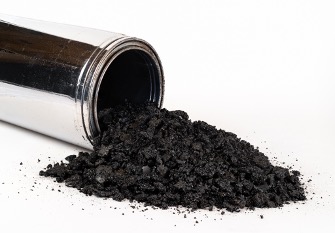
Chimney Sweeping and Creosote
Chimney & Rotary sweeping is critical to remove the flammable creosote from the chimney. If the temperatures reach high enough within the chimney and if the creosote is thick, it can quickly catch on fire, which will begin to spread.
The number one leading causes of home fires are directly from heating appliances. It is always ideal to sweep & inspect a dirty chimney after its last use of the winter season. Moreover, it is also equally important to inspect the chimney before its first use of the winter season. By doing this, you can reduce the risk of a chimney or structure fire.
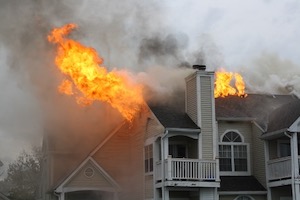
Chimney fires can burn explosively, noisy and dramatic enough to be detected by neighbors or people passing by. Tall flames or dense smoke may shoot from the top of the chimney. Homeowners report being startled by a low rumbling sound that reminds them of a freight train or a low flying airplane. However, those are only the chimney fires you know about.
Months Without Using the Chimney
What types of debris can you find in a chimney? Well, because the summer months bring hot temperatures, there is not much need for the fireplace. Thus, you won’t use the chimney for months at a time. During this time, debris may start to accumulate. Uncapped chimneys may find birds even starting to build nests for the spring & summer. If you live in an area where you experience extreme weather, such as thunderstorms, tree branches, leaves, and other debris may find their way into your chimney.
Chimney Cleaning by the Professionals
What can a chimney sweep do for you? When it comes to cleaning a dirty chimney, a professional chimney sweep will be able to inspect your system & provide & cleaning if necessary. A Chimney sweep will be able to remove tree branches, leaves, leftover creosote, and more. Rest assured that you will have peace of mind before using your fireplace for the first time in the cold season.
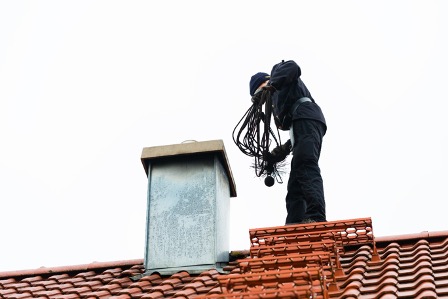
Using the Proper Tools
It is recommended that you hire a trained professional with many years of experience. A trained, certified chimney sweep will make sure to carry the right tools and equipment to do the job right the first time. Why is this important? Well, when it comes to fire safety, there is no room for error. The type of tools that you can use to clean and clear out your chimney can include:
- Wire Chimney Brushes
- Poly/Soft Brushes
- Rotary Sweeping Tools
- 3 Stage HEPA & Sootmaster vacuums
- Hand-Held Cleaning Brushes
- High-Definition Cameras for Video/Pictures Inspections
- Safety/Harness Equipment
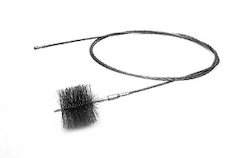
Signs of a Damaged Chimney or Creosote build-up
When you’re sweeping your chimney, it is also a good idea to look for any signs that you’ve already had a fire. No matter how much cleaning you do, a damaged chimney will not work properly and could cause a fire. The following are some of the signs to look for around the chimney’s layout:
- Glazed creosote buildup
- Swollen creosote buildup
- Discolored, warped, or clogged chimney cap
- Creosote flakes on the roof
- Home has very strong odors
- Cracks in the masonry
- Fallen flue tiles

Dirty chimneys can cause chimney fires, which damage structures, destroy homes and injure or kill people.
Indications of a chimney fire have been described as creating:
- loud cracking and popping noise
- a lot of dense smoke
- an intense, hot smell
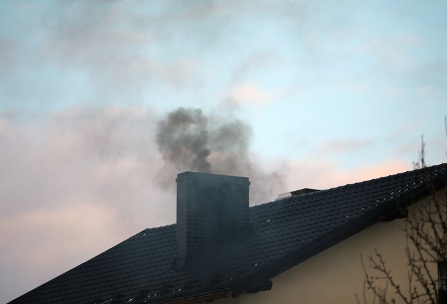
Final Takeaway
The final takeaway of this article should be the importance of reducing the risk of a house or structure fire. Another important thing to remember is to avoid procrastinating. Because a cold snap can happen at any time in the winter, you don’t want to get caught off guard by waiting to schedule a chimney sweeping & inspection. Make an appointment with a CSIA Certified chimney sweep to come to visit your home as soon as possible. By doing this, you will have peace of mind knowing that you’ve taken steps to reduce the risk of a fire as the cold weather approaches.










